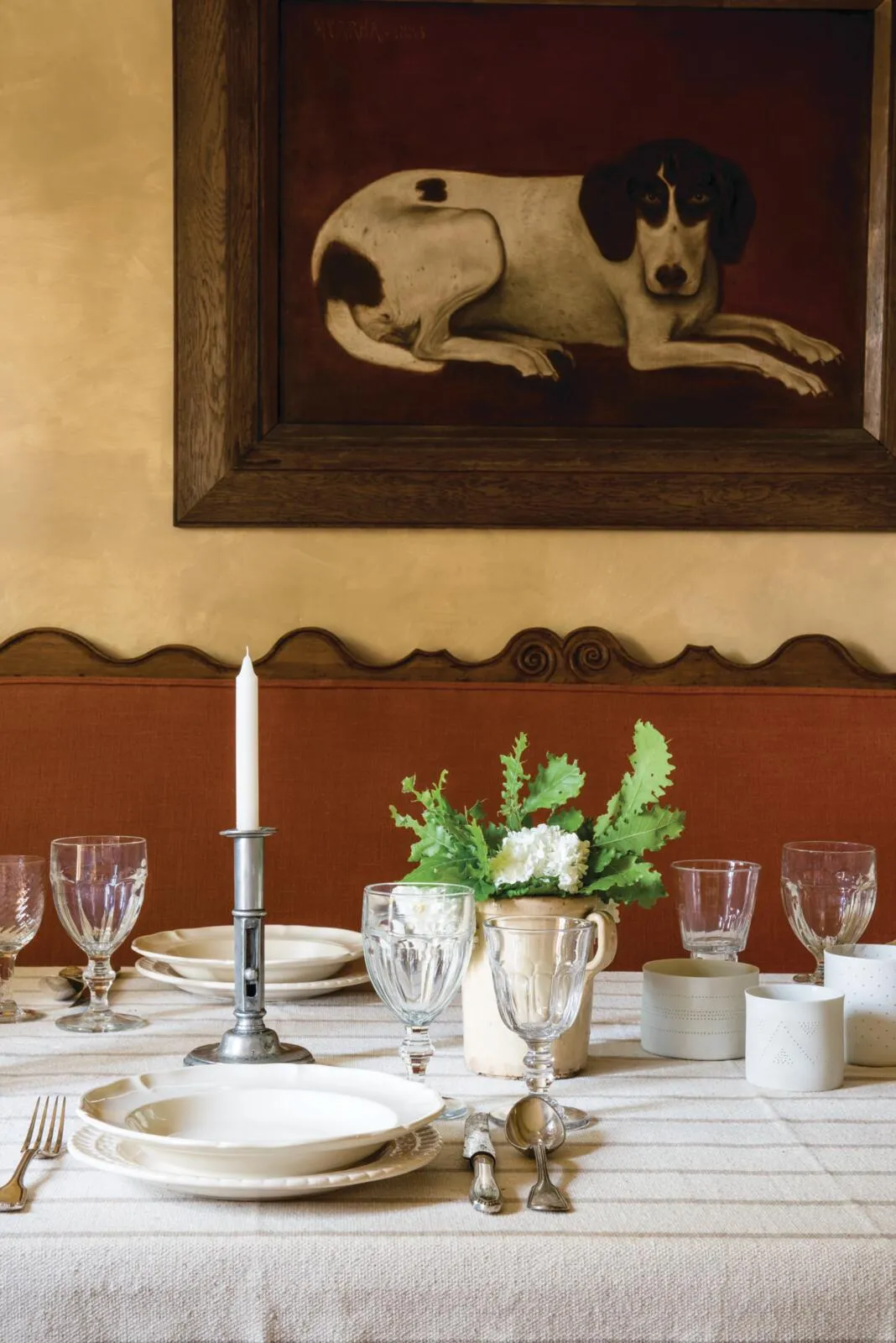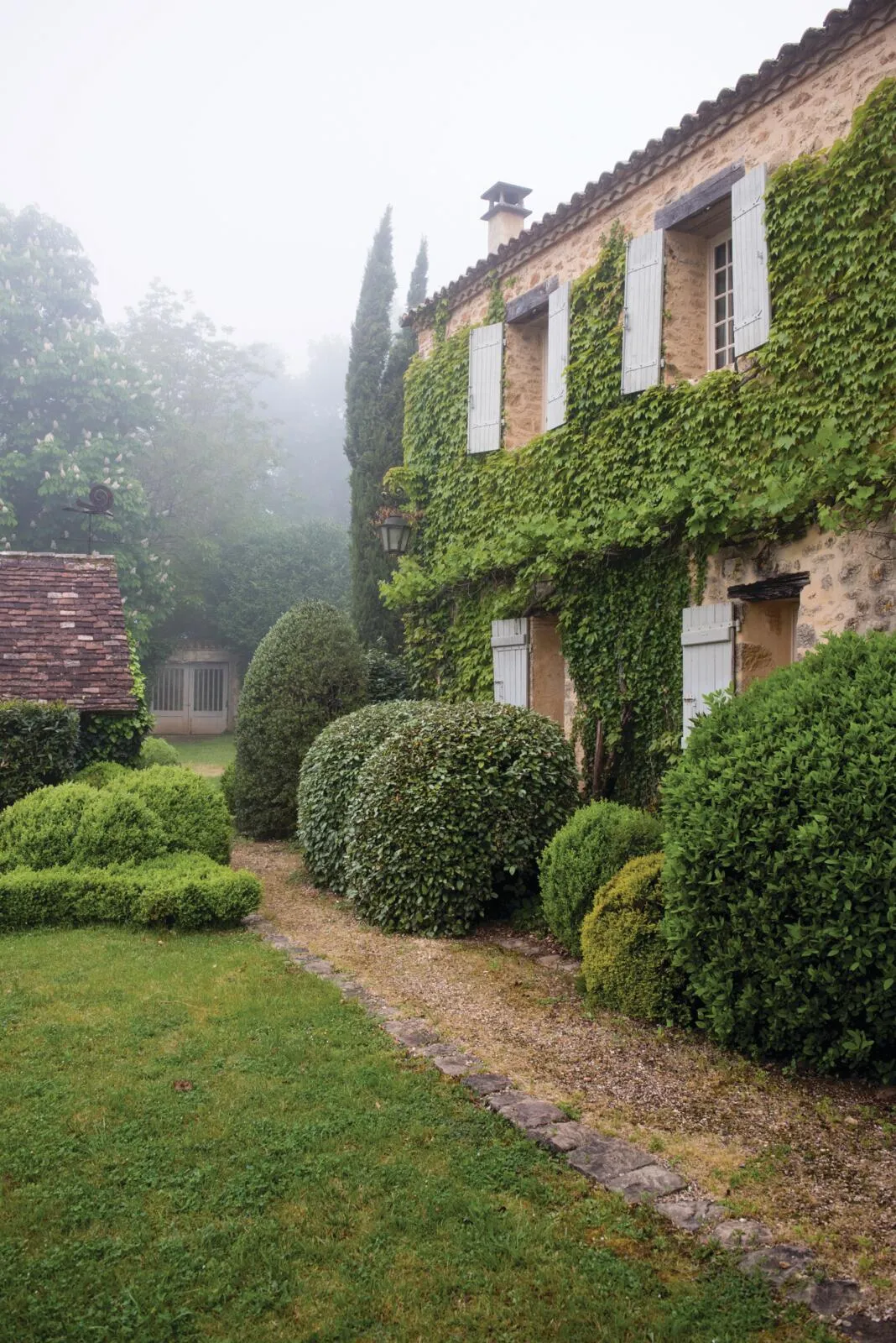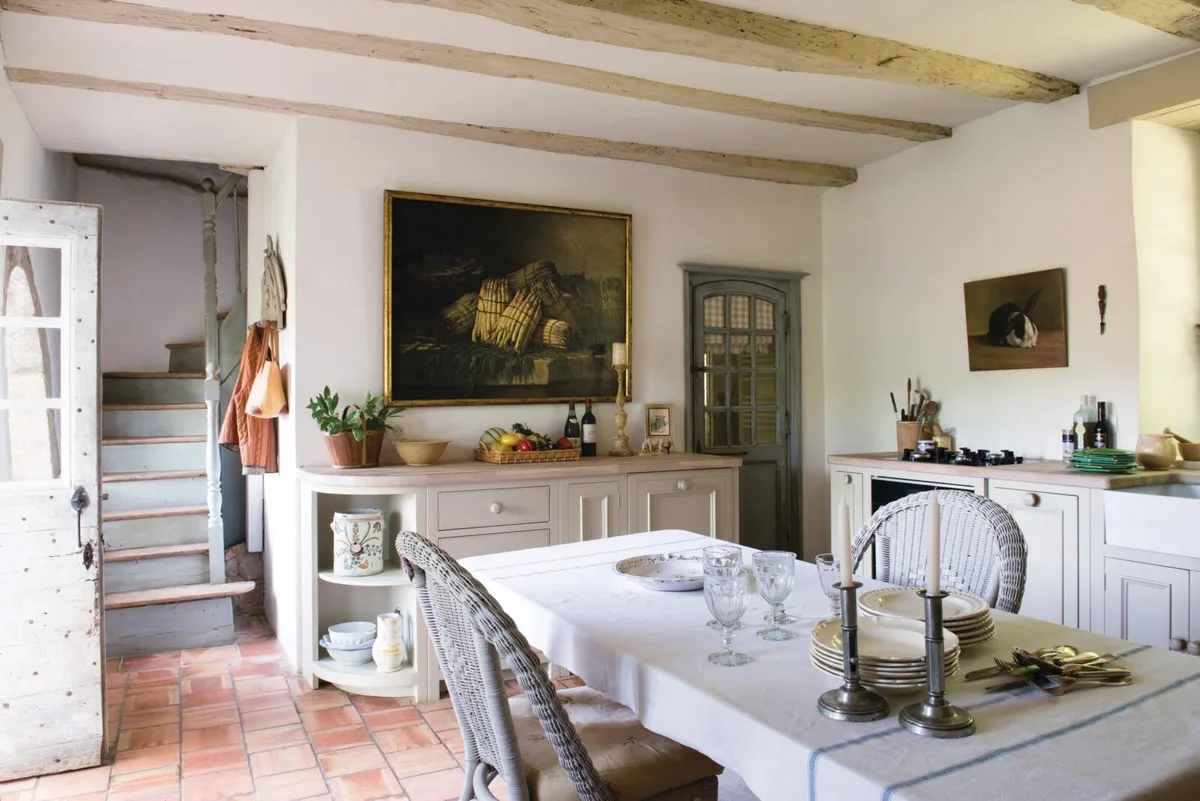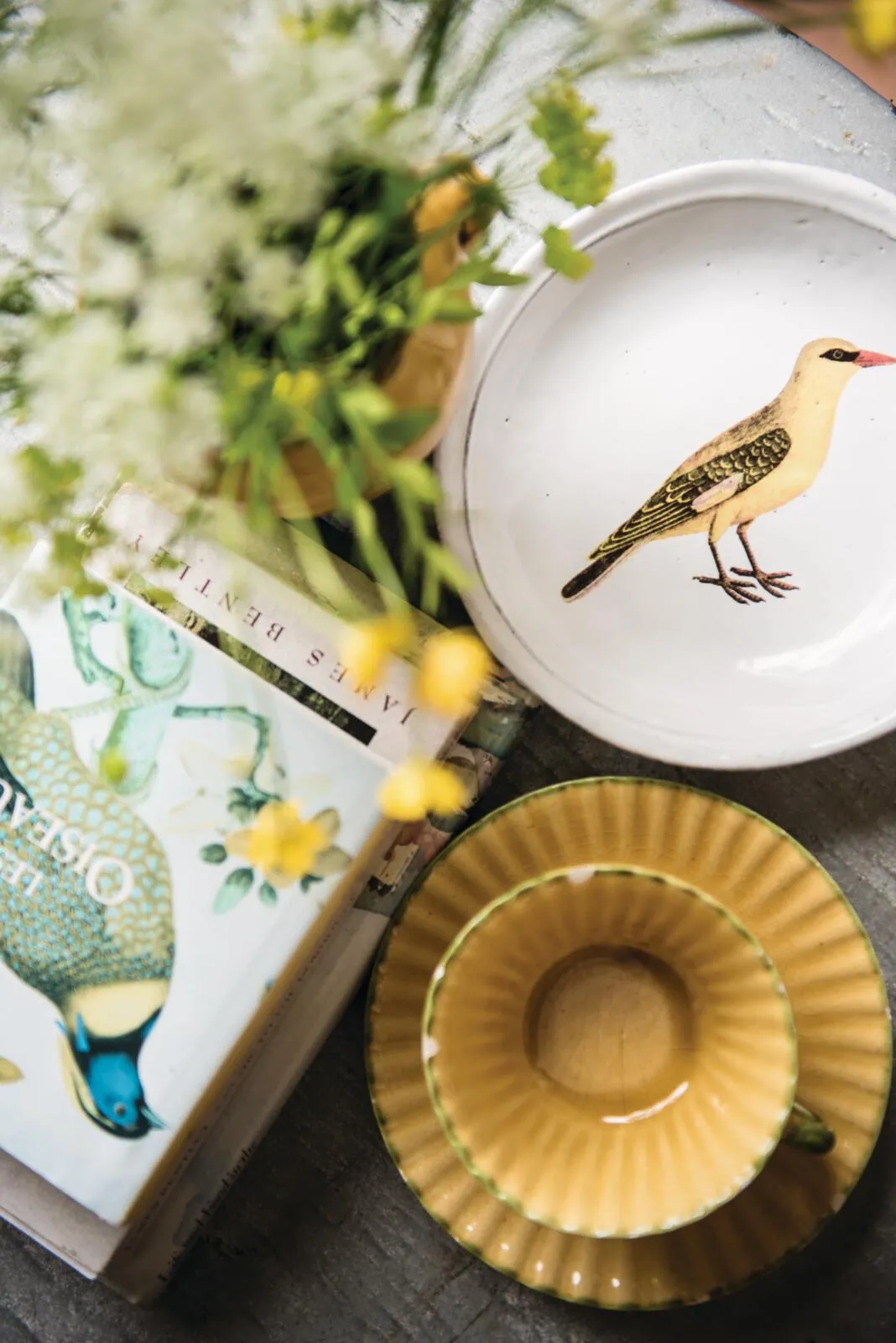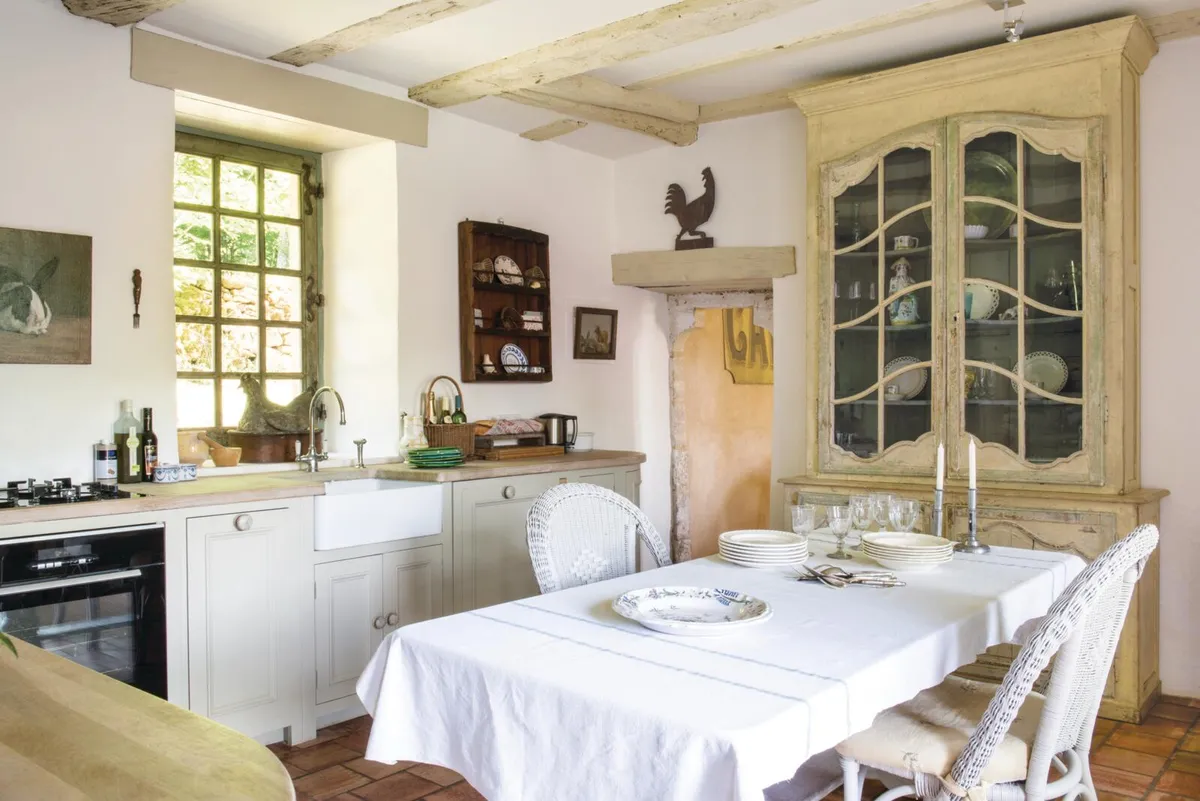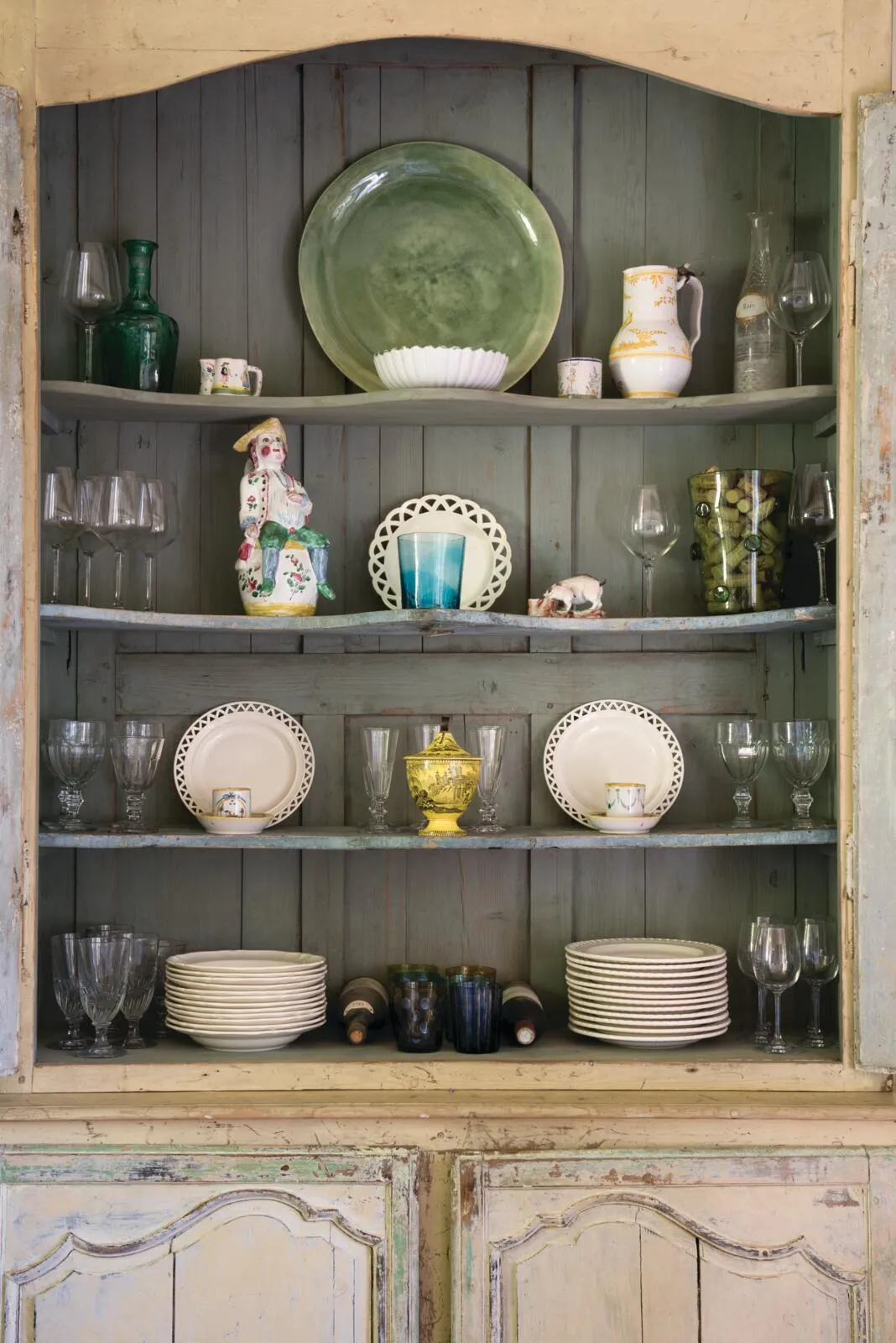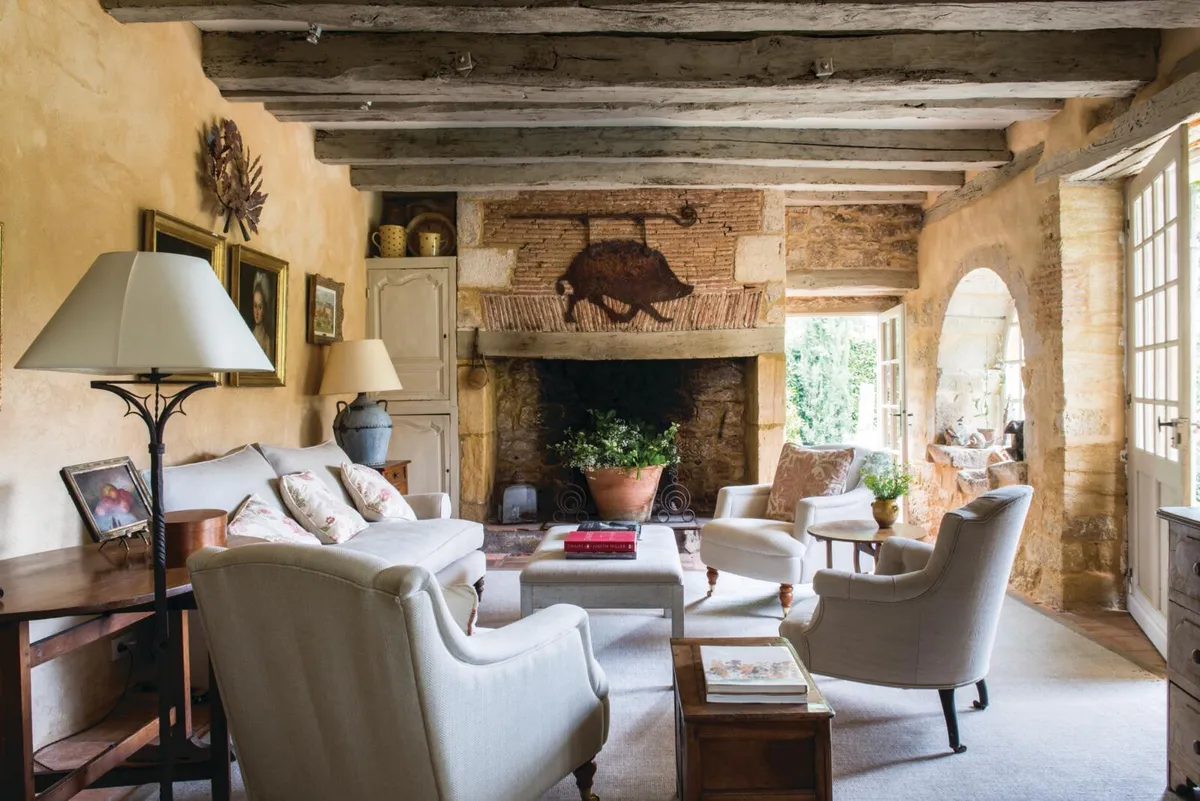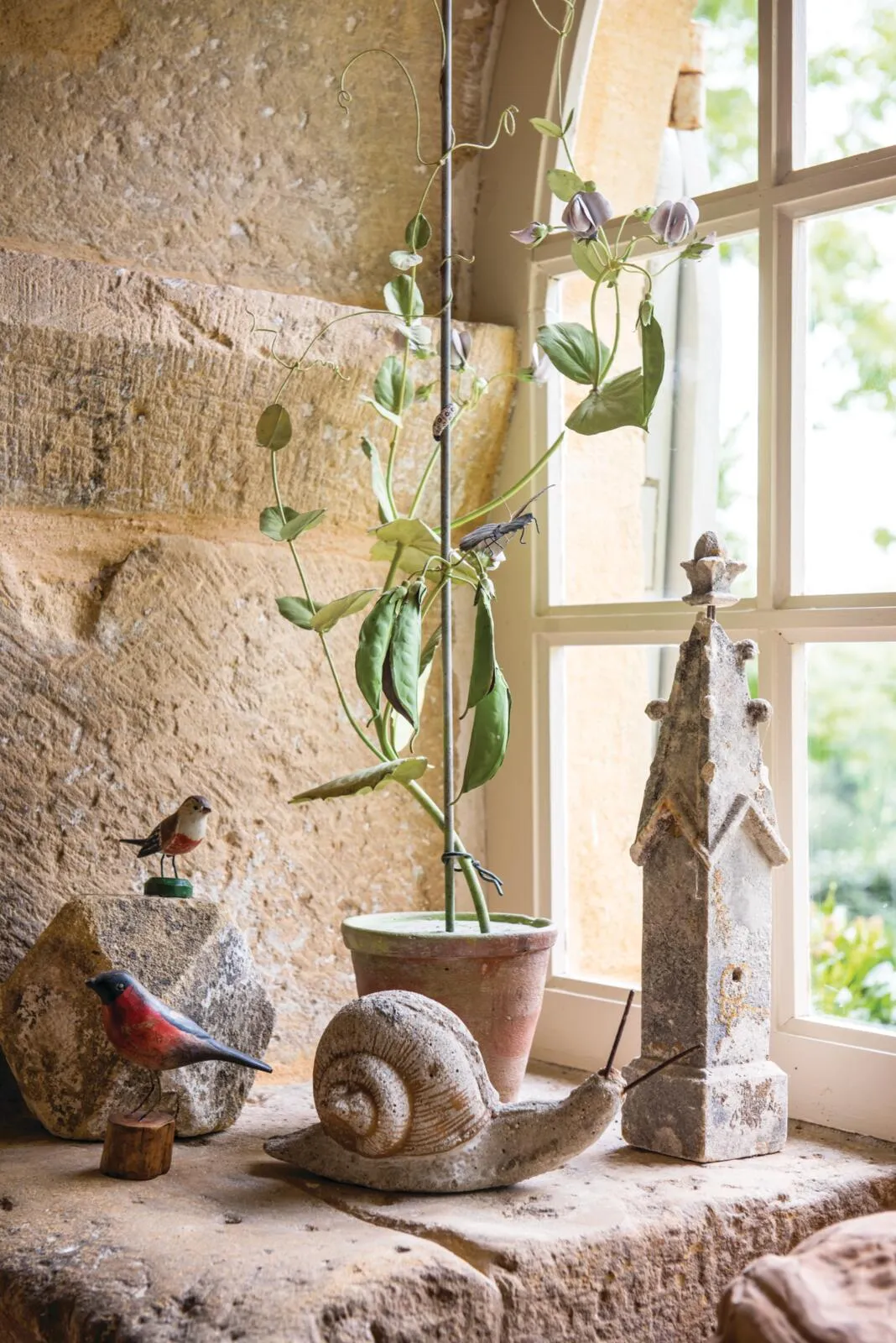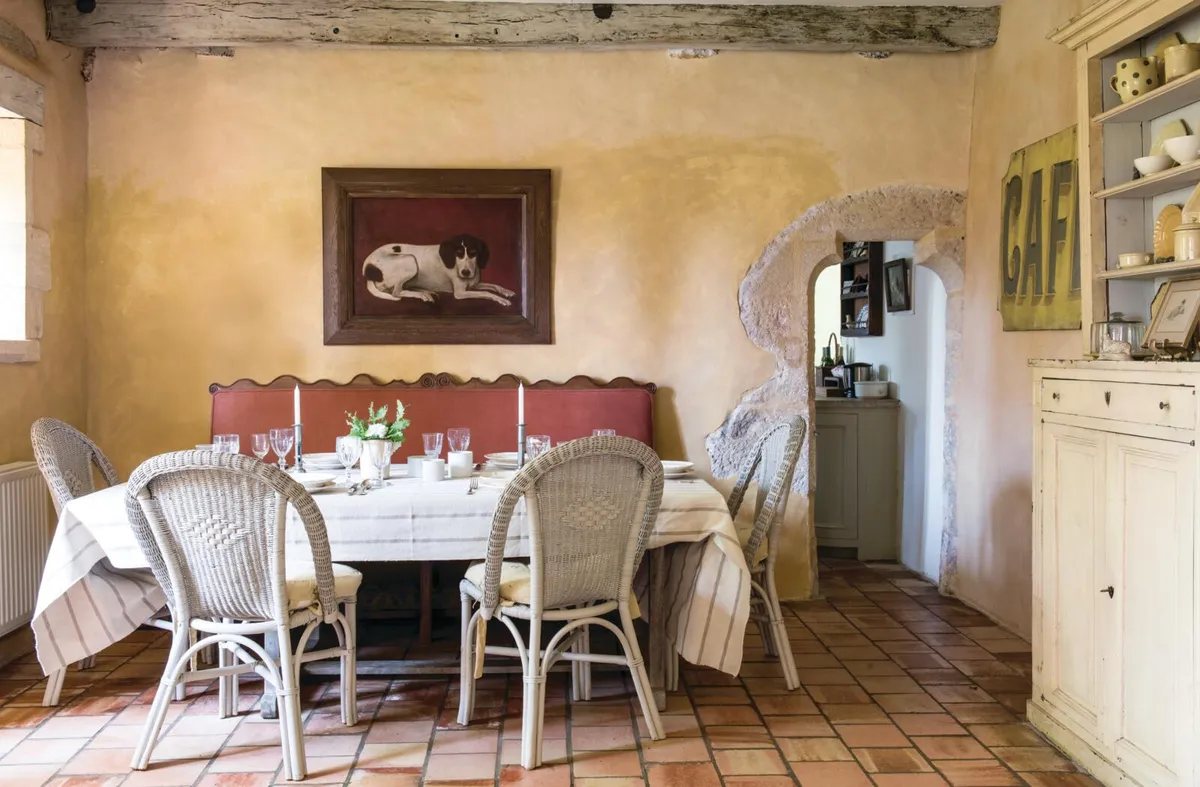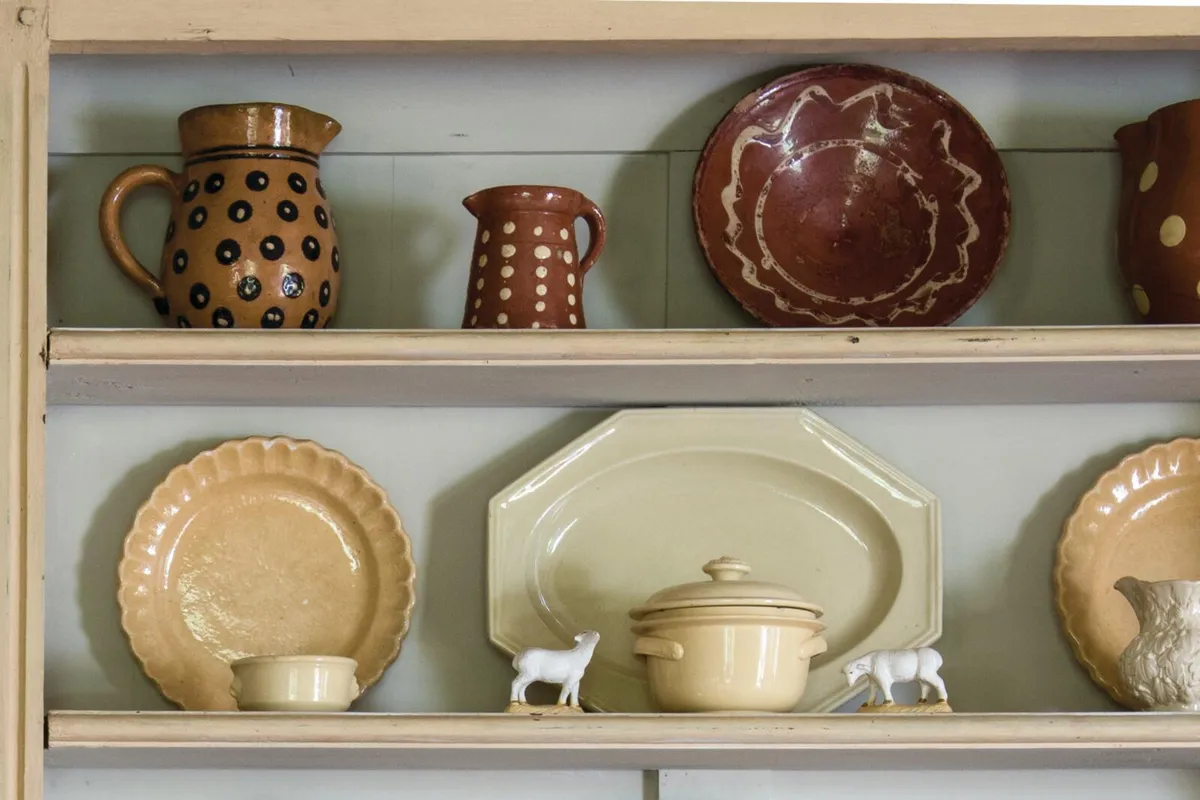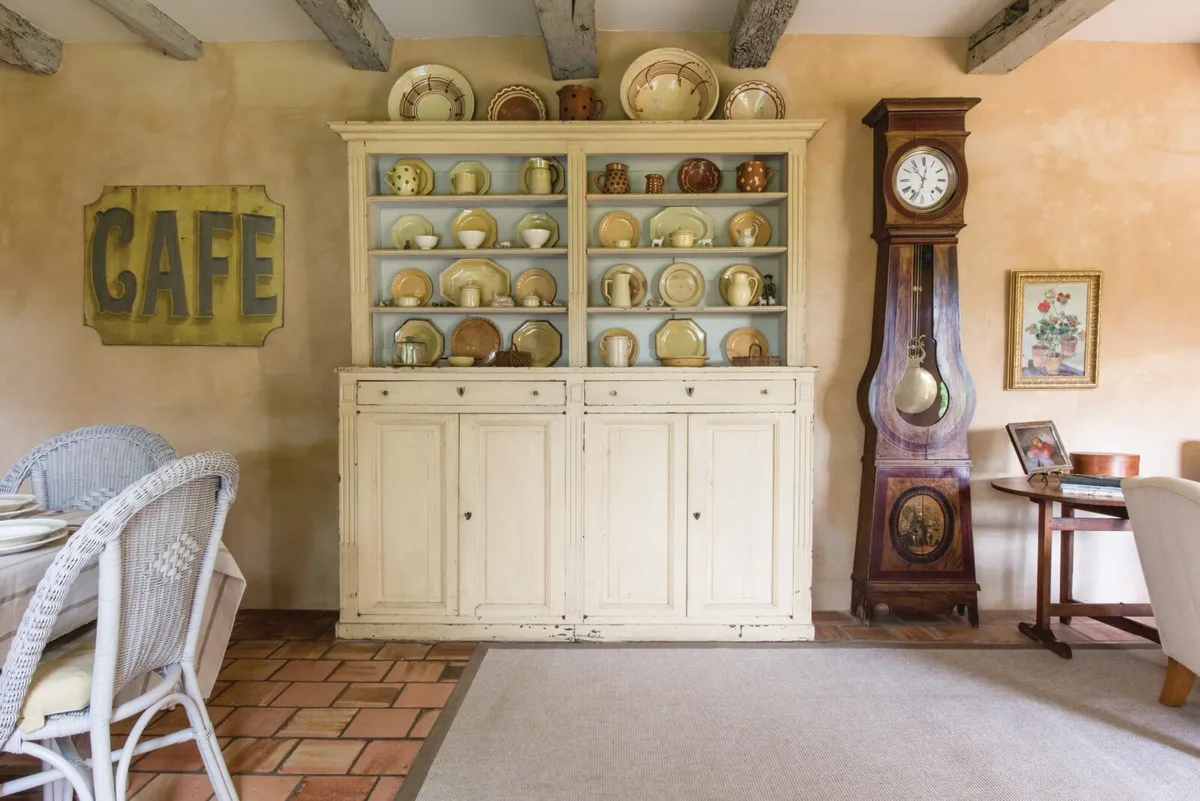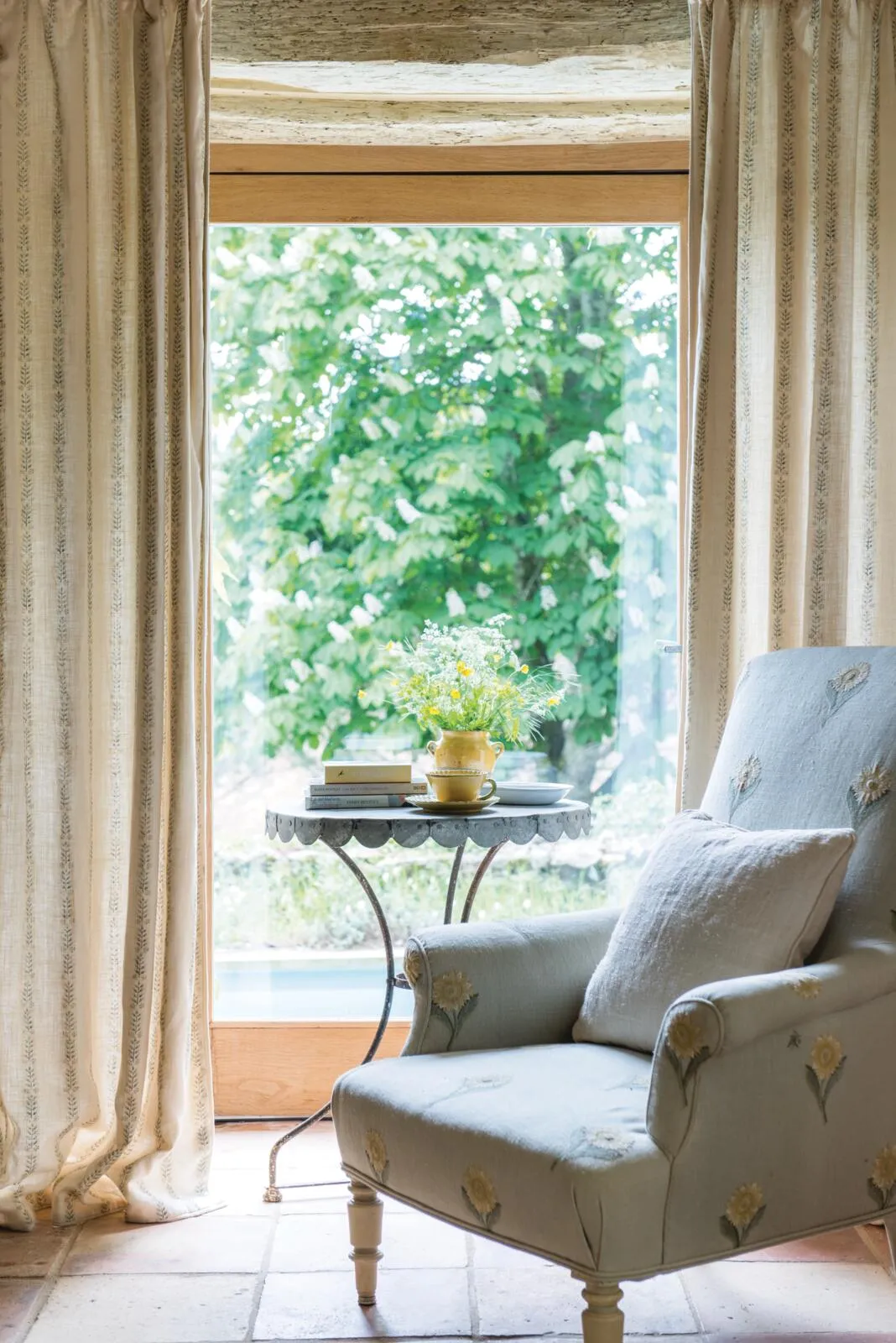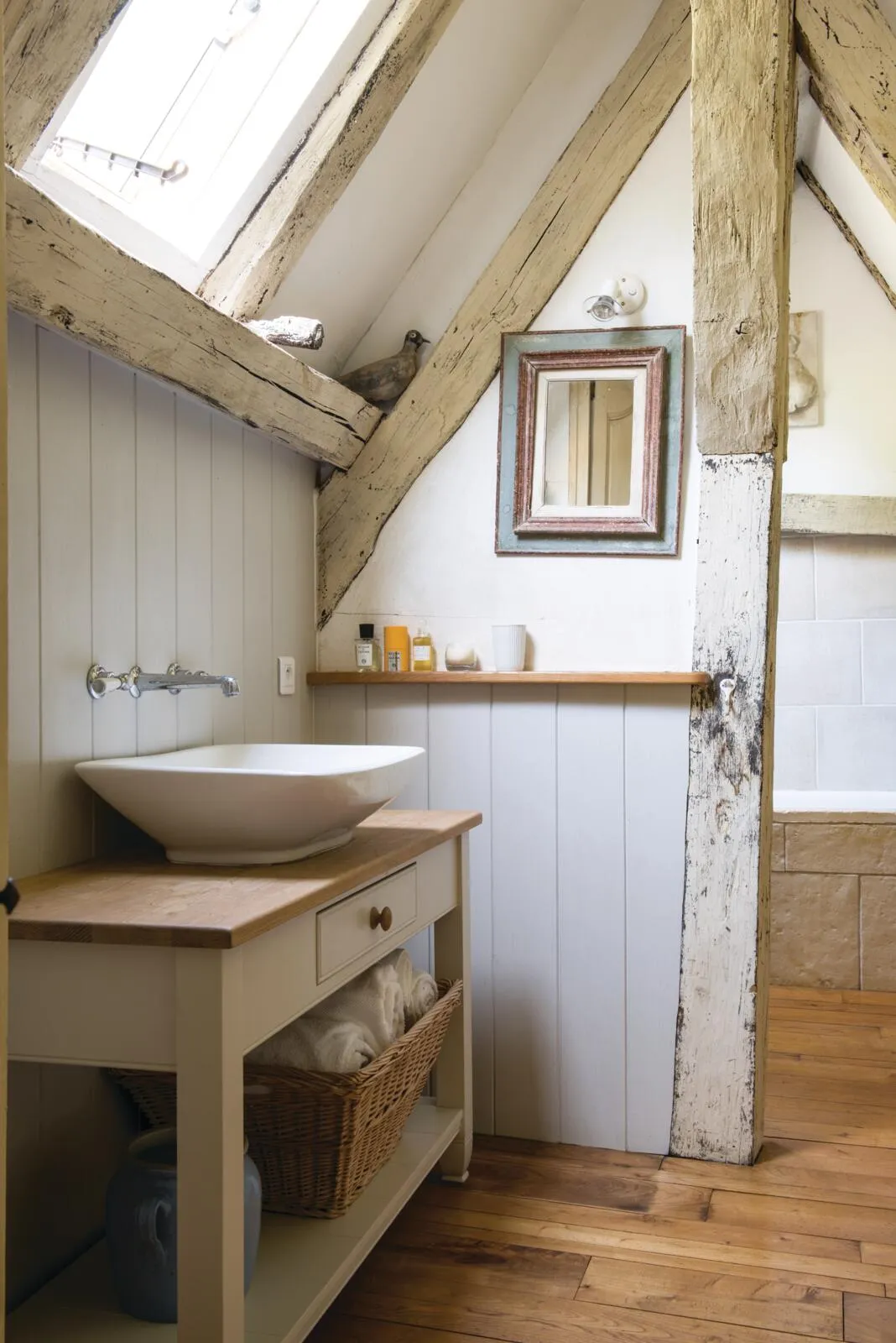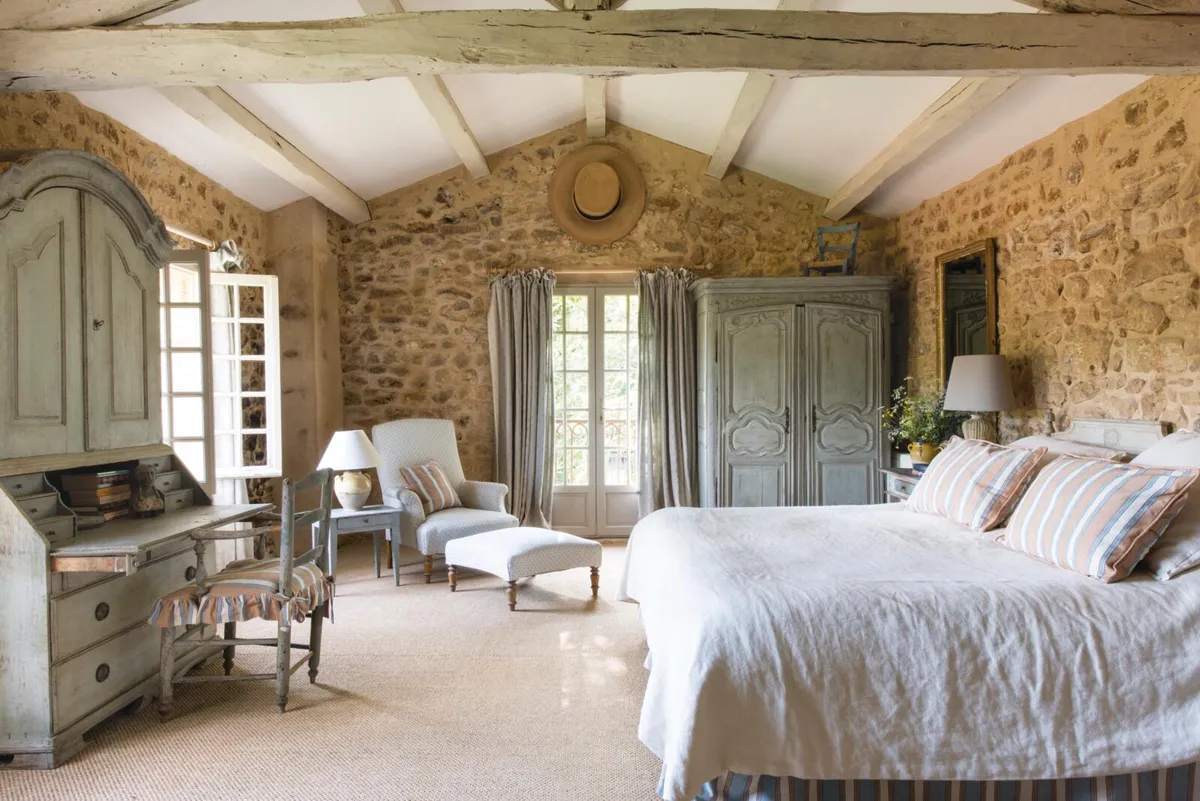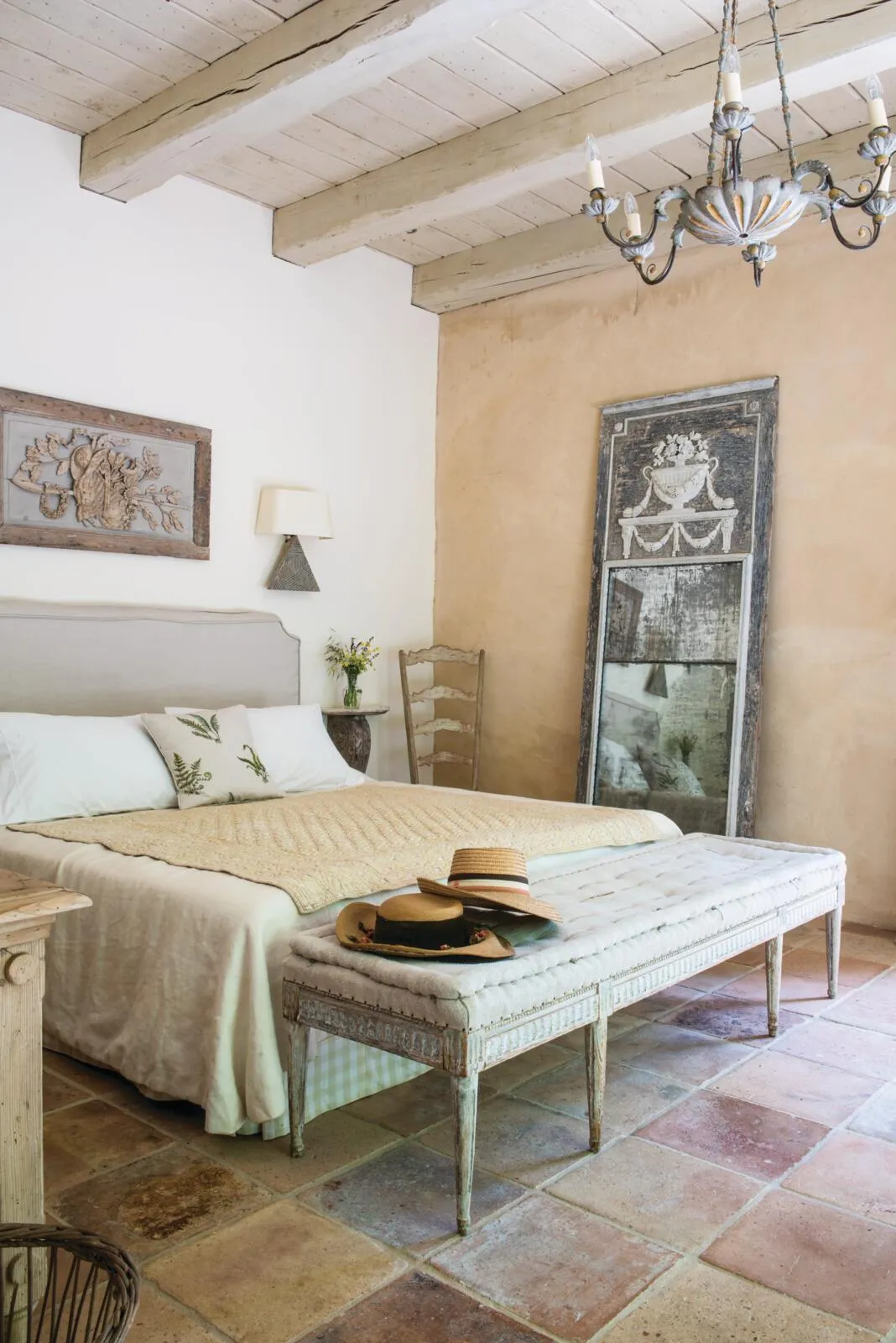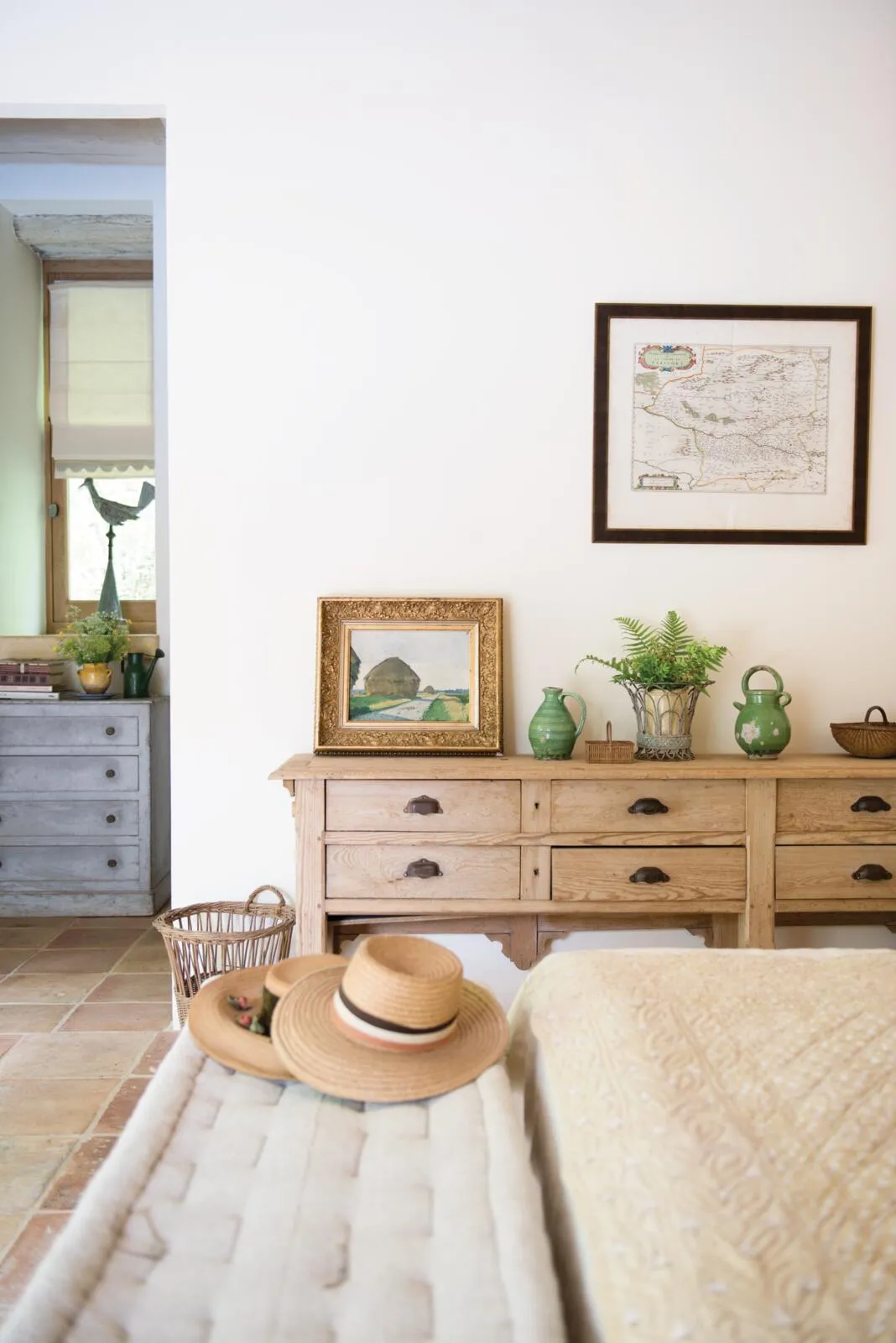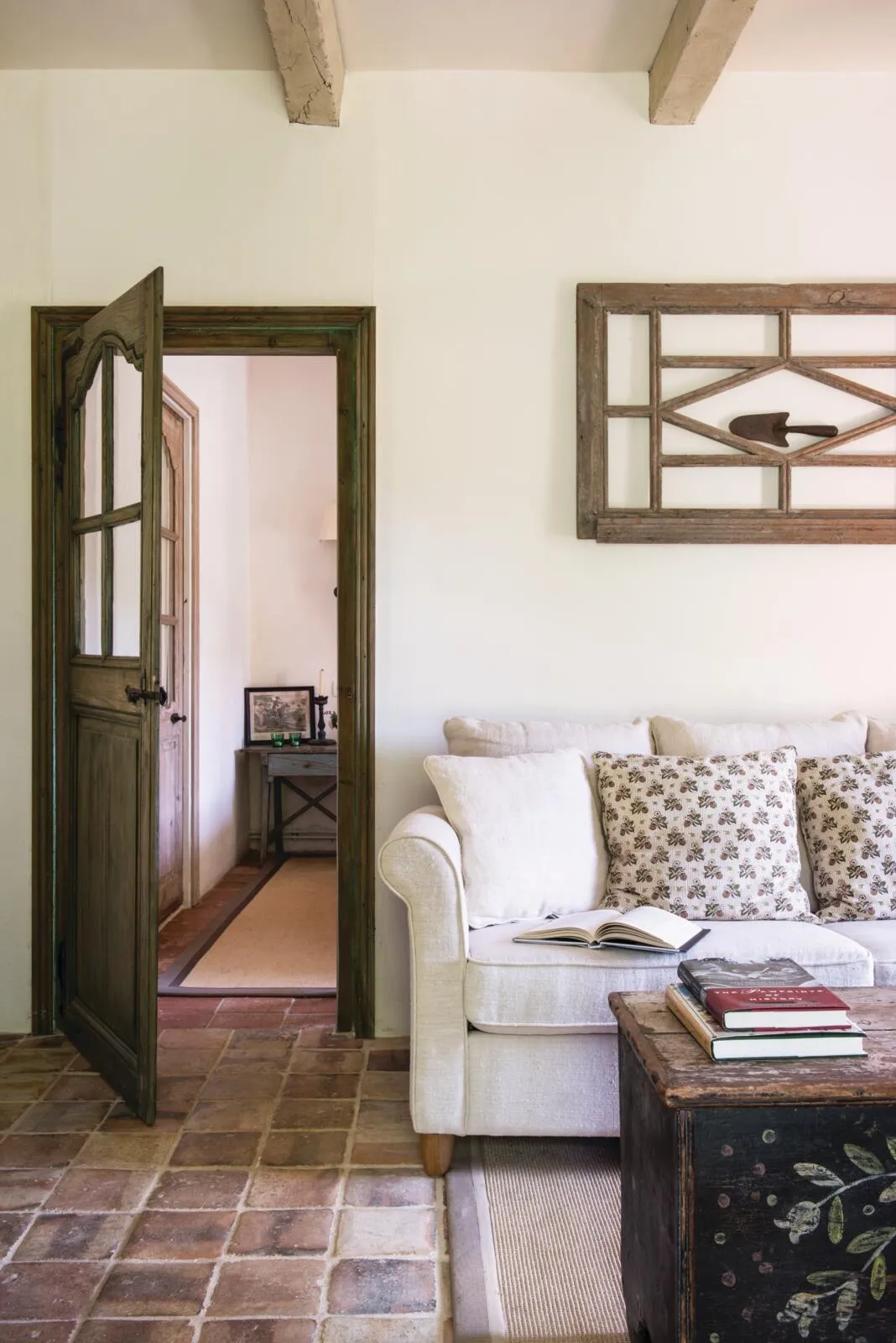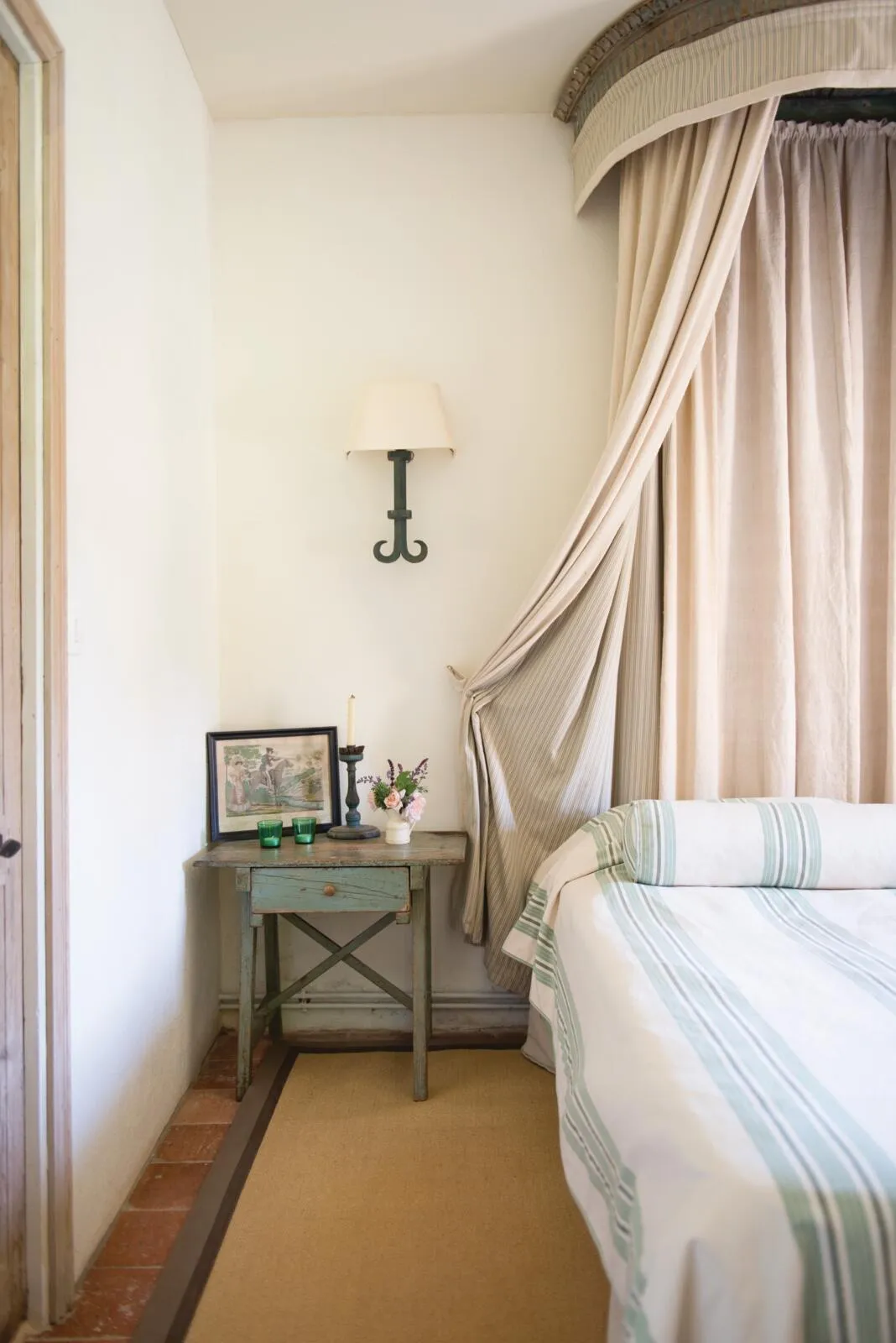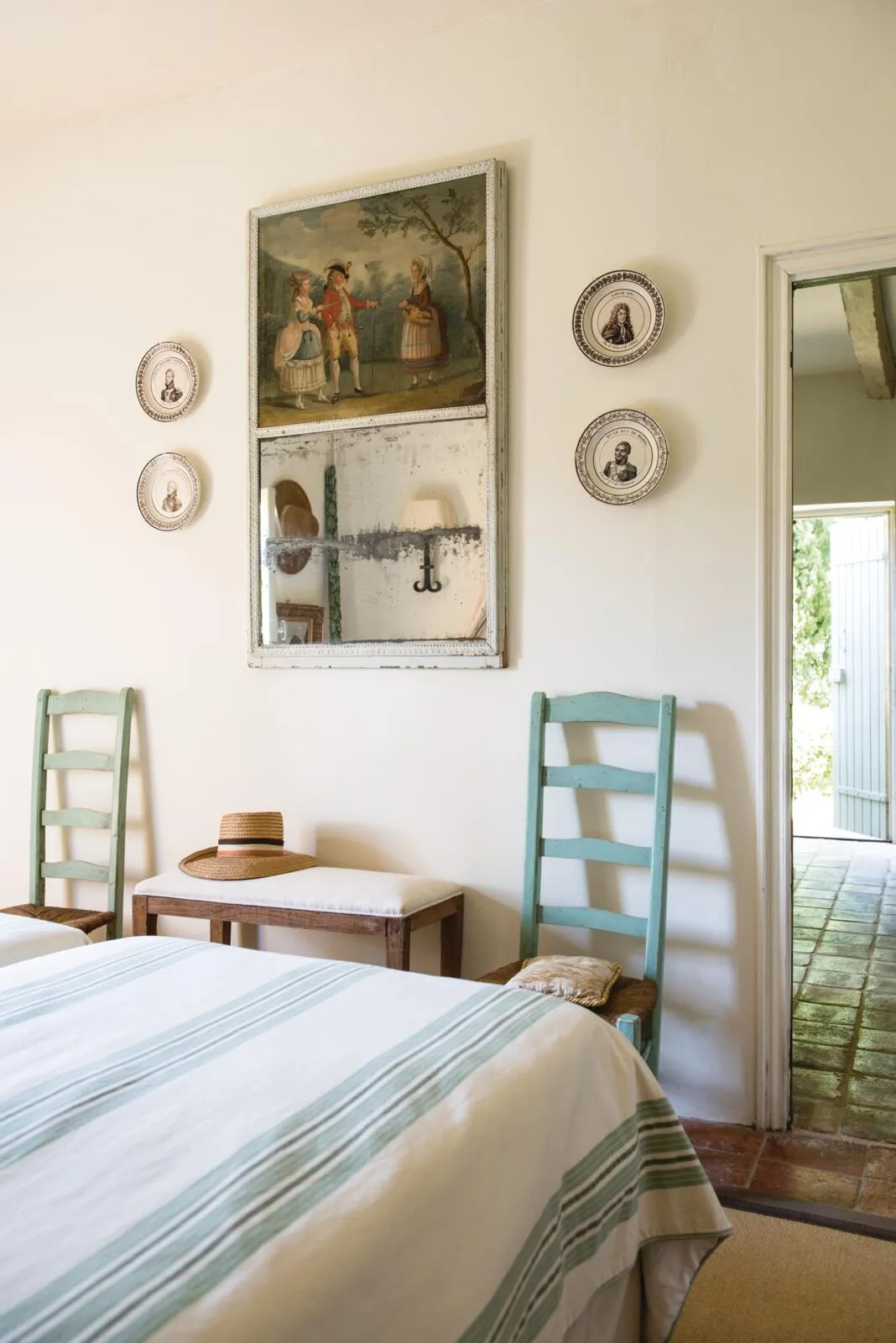Antiques dealers love to travel. For some, it is simply part of the job, for others there is also the joy factor. For Marston Luce, it’s both these things. He sells naïve and painted furniture from his shop in Georgetown, Washington DC, and he realised it would be useful to have a base in Europe.
Marston chose France for its well-known fairs and easy access to Sweden and Belgium, where he often finds the antiques he and his clients love. ‘I came looking for a country house because I live in a city,’ Marston explains. ‘And buying a house in France was a chance to explore, to learn another language and to appreciate the food and wine so essential to this country’s way of life.’
Marston had imagined Provence would be the place to find his house. ‘It is the only area of France apart from Paris that registers in the American mind,’ he declares with amusement.
Then a dealer friend suggested that Périgord in south-west France might be more accessible, so Marston took the advice and went there first. ‘The house I found is described as a fermette longue. This indicates a certain status, as well as agricultural connections.’ That’s certainly true here, as the house has a separate barn where tobacco leaves were once hung up to dry.
‘The house spoke to me immediately,’ he says. ‘It is old, built in stone, has a large fireplace and it’s only one-room deep with all the windows facing south. I’ve been told the earliest part of the house, including the sitting room, is 15th- century, with additions probably made around 1820. As an American, that fills me with awe.’
When Marston comes to the house in June, he begins looking for antiques close to home. ‘There are lots of brocantes in the villages of Périgord. I’ve found many pieces for the house locally and I store any furniture for the shop in the barn and ship it to Washington at the end of the summer.’
The house didn’t demand wholesale refurbishment, but there were additions that sat uneasily in the old building. ‘The antiques I like to live with have innate simplicity and the rooms where I place them need a robust presence, without intrusive decoration,’ Marston says.
You might also like a renovated ancient French farmhouse
The sitting room was the logical place to start: the bread oven in the limestone fireplace was restored and then the walls and dark beams were given a coat of limewash. Marston is always on a mission to make rooms lighter.
Next in the line of interconnecting rooms was one with a ladder up to the loft. Marston hadn’t decided how to gain a more satisfactory access to that space until he employed a joiner to replace the plywood doors with 18th- century ones.
‘Antique doors were quite easy to find then,’ Marston observes in passing, ‘but the extraordinary coincidence was that the joiner noticed the ladder to the loft and told me he was taking out a typical Périgord staircase from another house he was working on. He thought it would fit this house and, to my astonishment, it did.’ This allowed the main bedroom and bathroom to be fitted upstairs – a major improvement.
Three years ago, Marston and Deborah decided to install a kitchen in this room with the staircase. One of Marston’s early improvements here had been to remove a low modern ceiling. It revealed beams and improved the proportions. ‘A local designer fitted kitchen cabinets and I had a new window put in over the sink,’ Marston explains.
‘Most importantly, by angling a section of wall next to the door, we managed to fit the buffet à deux corps, which dates from around 1760, on the end wall of the kitchen. It’s difficult these days to find a piece of this quality with its original paint and such superb proportions and details – it enhances the room considerably.’
The other feature in the kitchen he finds compelling is the large picture of freshly harvested asparagus heaped on a slab ready to be sold at market. ‘Green is my favourite colour and this pulsates with its many shades.’
The couple have most meals at the beautiful 19th-century Belgian oak table. ‘Unsurprisingly, we have quite a collection of vintage French linen tablecloths,’ Marston adds.When guests come, the Luces serve meals on a table that has displaced the old galley kitchen at the end of the sitting room.
You might also like explore Wim & Joop's country house rebuild in France
Marston found this Périgordian table locally, but the piece that is of far greater interest, he says, is the 17th-century bench with carved walnut top sitting against the wall behind the table.
Looking down from the wall is a portrait of a dog, which Marston will never part with. ‘This painting dates from 1888 and has wonderful charm and naïvety,’ he says. ‘The owner of this dog loved her enough to have her portrait painted and her name, Myrabelle, inscribed across the bottom.’
Marston describes the house as small, but splendidly equipped for visitors. Early on, a self-contained guest suite was fitted out at the opposite end of the house from the sitting room, accessed through an 18th-century door and fronted by a restored pigeonnier. It includes its own kitchen and neat sitting room.
Recently, the old barn has been renovated and, while space has been reserved to store antiques destined for Marston’s shop, the barn now also hosts a spacious spare room, furnished with several showstopping antiques, including a chandelier combining carved wood, gesso and wrought iron that Marston dates to around 1840. He acquired it from a local homeowner, who was about to throw it out.
There is a carved panel illustrating garden topiary above the bed and guests can also enjoy reflections in the Louis XVI trumeau mirror, dated to around 1785, that Marston bought in Lille in northern France.
‘Guests often comment on the Swedish bench at the end of the bed,’ Marston reports, ‘both for its usefulness and its simple beauty.’ This observation sums up the qualities Marston looks for in antiques for both this house and his Washington home.
‘The furniture I choose to live with is always simple and usually painted but, most importantly, it has to have soul,’ he says. ‘Each year, it becomes more difficult to find pieces like this, but the urge to look for them is an enduring passion.’
